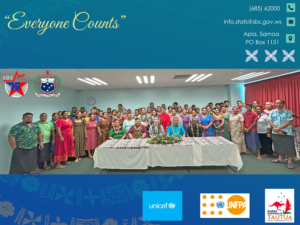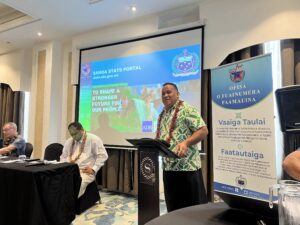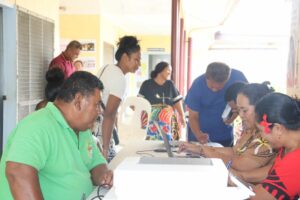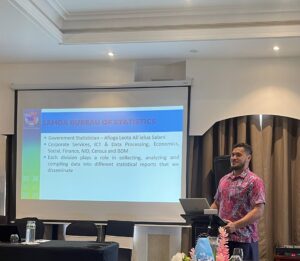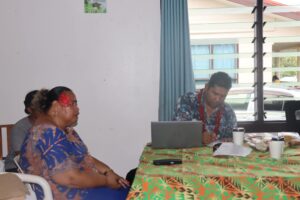Samoa Bureau of Statistics Internal Communications Protocols
Principles
- We are focused on being clear, meaningful and relevant in all communication
- We are open to communication at all levels, and respectful of all
Goal – To improve communication between all people in SBS so that:
- All staff are fully informed and engaged
- Communications go to all appropriate people
- Mis-communication is minimised
Communicate well
- Use focussed, honest communication
- All people are important: show respect
- Be professional, not personal
- Acknowledge others work
- Use the language you are most comfortable in
- Listen – two-way communication works
Maintain good relationships
- Use the appropriate channels – communicate through the person you report to.
- Managers maintain good relations with their staff by ensuring they are informed first about matters that affect them
- Always discuss an issue with your direct manager first. If they are not available and you need to go higher, brief your direct manager as soon as possible
- All levels have an open door, but only use these when normal channels fail
Follow email protocols
Email is a core communication tool and must be treated as official communication.
- Read your emails every day
- Respond within a day
- Copy the appropriate people
- Follow up with a conversation either before or after
- If angry or offended, don’t respond till later, then tackle the issue not the person.
Actions
- On the job coaching and training in effective language for professional communication
- Managers lead by example and provide supportive feedback to increase skills
- Regular team meetings – weekly
- Regular one-one staff progress discussions – at least monthly
- Check if communication has improved e.g. with staff engagement survey
Samoa Bureau of Statistics External Communications Protocols
Principles
- We are focused on being clear, meaningful and relevant in all communication with our stakeholders
- We ensure we understand our audience and tailor our communication to meet their needs.
Goal – To improve communication with stakeholders so that:
- Users and data suppliers have increased awareness of the roles of SBS
- The availability and usefulness of statistics increases
- The information is disseminated in ways that meets user data needs
Communicate well and often
- Use focussed, honest communication
- Be professional
- Contact regular users and suppliers often
- Listen and make sure you understand the issue or request
- Follow good email practices
Maintain good relationships
- Be aware of the SBS service charter and follow it
- Build relationships through informal discussion
- Use the appropriate channels for requests e.g. ACEO to ACEO
- If you pass a request on to someone else to action, follow up to make sure it is done
- Follow up emails with a phone call if needed
- Develop a Memorandum of Understanding for each sector and major suppliers, to ensure mutual understanding
Release Information to meet user needs
- The website is the first place to look for information for many users.
- Make sure every information release is on the website on the day
- Provide Samoan translation of all short information releases and summaries of long technical reports
- Follow the Dissemination Policy and SBS Style Guide
- Email releases as well as paper copies.


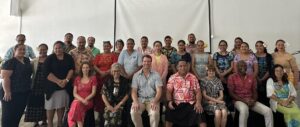
 Highlights:
Highlights:  Insights on food consumed away from home, captured in the HIES – highlighting its growing impact on
Insights on food consumed away from home, captured in the HIES – highlighting its growing impact on